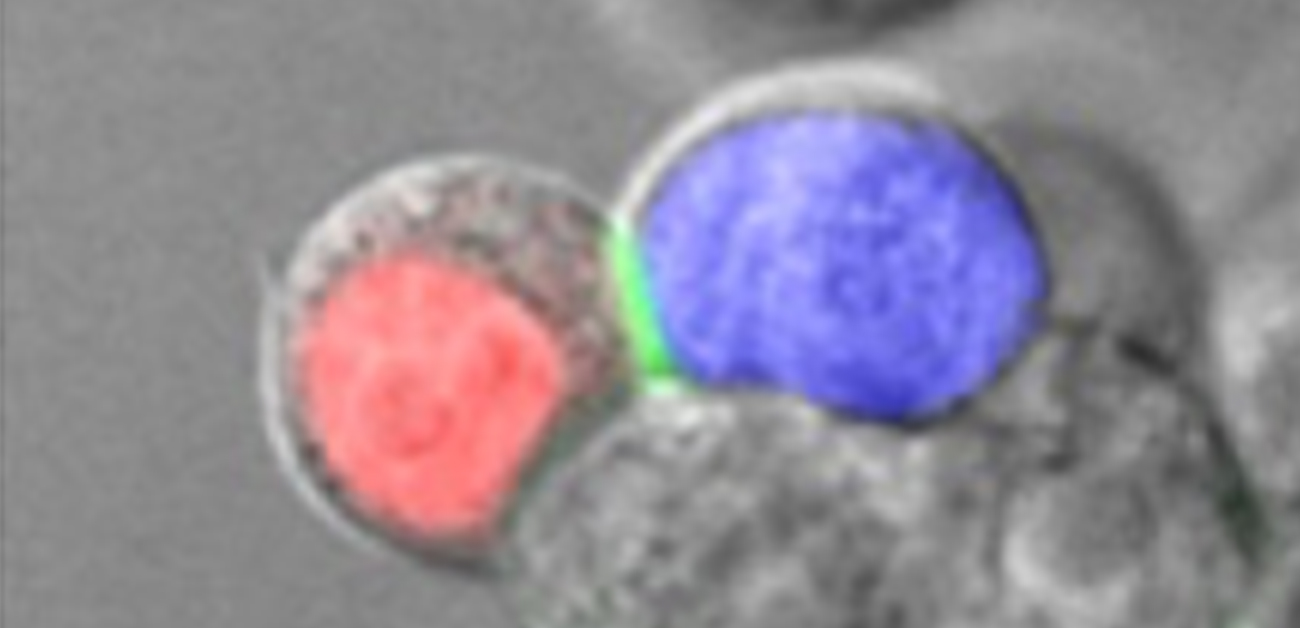
INCIDER fluorescent sensors visualize sticky situations
Researchers from led by Osaka University find that a new fluorescent sensor, INCIDER, enables accurate visualization of temporal changes in N-cadherin–mediated interactions between living cells
Cells tend to get themselves in and out of “sticky situations” on a regular basis, as they make and break functional connections with each other. Monitoring intercellular interactions is essential for gaining deeper insights into the complex human physiology. Now, researchers from Japan have developed a new way to track some of these adhesive interactions in real time.
In a recent article published in Communications Biology, researchers led by SANKEN (The Institute of Scientific and Industrial Research) at Osaka University have reported the development of a new fluorescent sensor system for imaging a key protein involved in interactions between cells.
The human body is made up of millions of cells that need to work together to keep everything functioning normally. In order for cells to work well together, they need to stick together, and they do this through the use of adhesion molecules such as neural cadherin (NCad).
“Due to a lack of appropriate detection techniques, it remains unclear when
and where NCad interactions occur,” says lead author of the study Takashi Kanadome. “Conventional sensor molecules have a low resolution and irreversible properties, which makes it challenging to detect dynamic changes in cell–cell interactions.”
To design a better way to visualize NCad-dependent interactions between cells, the researchers started with a set of two sensors that only let off a bright fluorescent signal when they are right next to each other. They inserted each of these sensors into different copies of NCad to generate INCIDERs (fluorescent indicators for the detection of NCad interactions) and then monitored the interactions between cells expressing the new sensor proteins.
“The results were striking,” explains senior author Tomoki Matsuda. “We observed bright fluorescence on the surfaces of interacting cells, indicating that the fluorescent sensors were appropriately activated by cell–cell adhesion.”
Treating the cells with calcium to disrupt the interaction between the paired INCIDER sensor proteins resulted in a decrease in fluorescence, and washing out the calcium increased the fluorescence, showing that this system is reversible and can therefore be used to image dynamic changes in cell interactions. In addition, the fluorescence signal was 70 times stronger than that of the only system that is currently available to detect these kinds of interactions.
“Our study demonstrated that, using the INCIDER system, it is possible to perform high-contrast microscopic imaging of temporal changes in cell–cell N-cadherin interactions,” says Matsuda.
Given that NCad-mediated intercellular adhesion is crucial to a wide range of cells and cellular processes, the INCIDER system is expected to be useful in the fields of developmental biology, neuroscience, and more. In the future, this fundamental technology could be expanded to image interactions between other types of intercellular adhesion proteins.
Fig.1 Detection of N-cadherin cell–cell interaction by INCIDER
Original content, Tomoki Matsuda, Credit must be given to the creator. Only noncommercial uses of the work are permitted. Adaptations must be shared under CC BY-NC-SA.
Fig. 2 Examples of imaging with INCIDER
CC BY, 2022, Kanadome T et al., Development of intensiometric indicators for visualizing N-cadherin interaction across cells, Communications Biology
The article, “Development of intensiometric indicators for visualizing N-cadherin interaction across cells,” was published in Communications Biology at DOI: https://doi.org/10.1038/s42003-022-04023-2.
